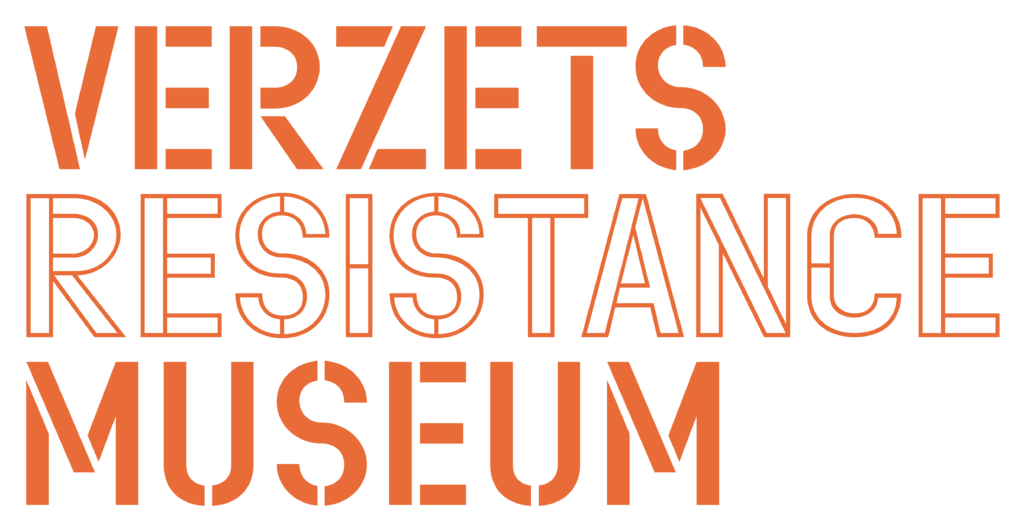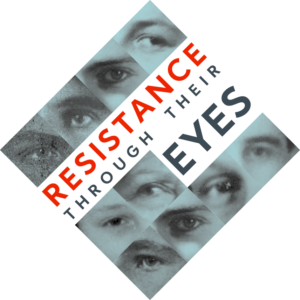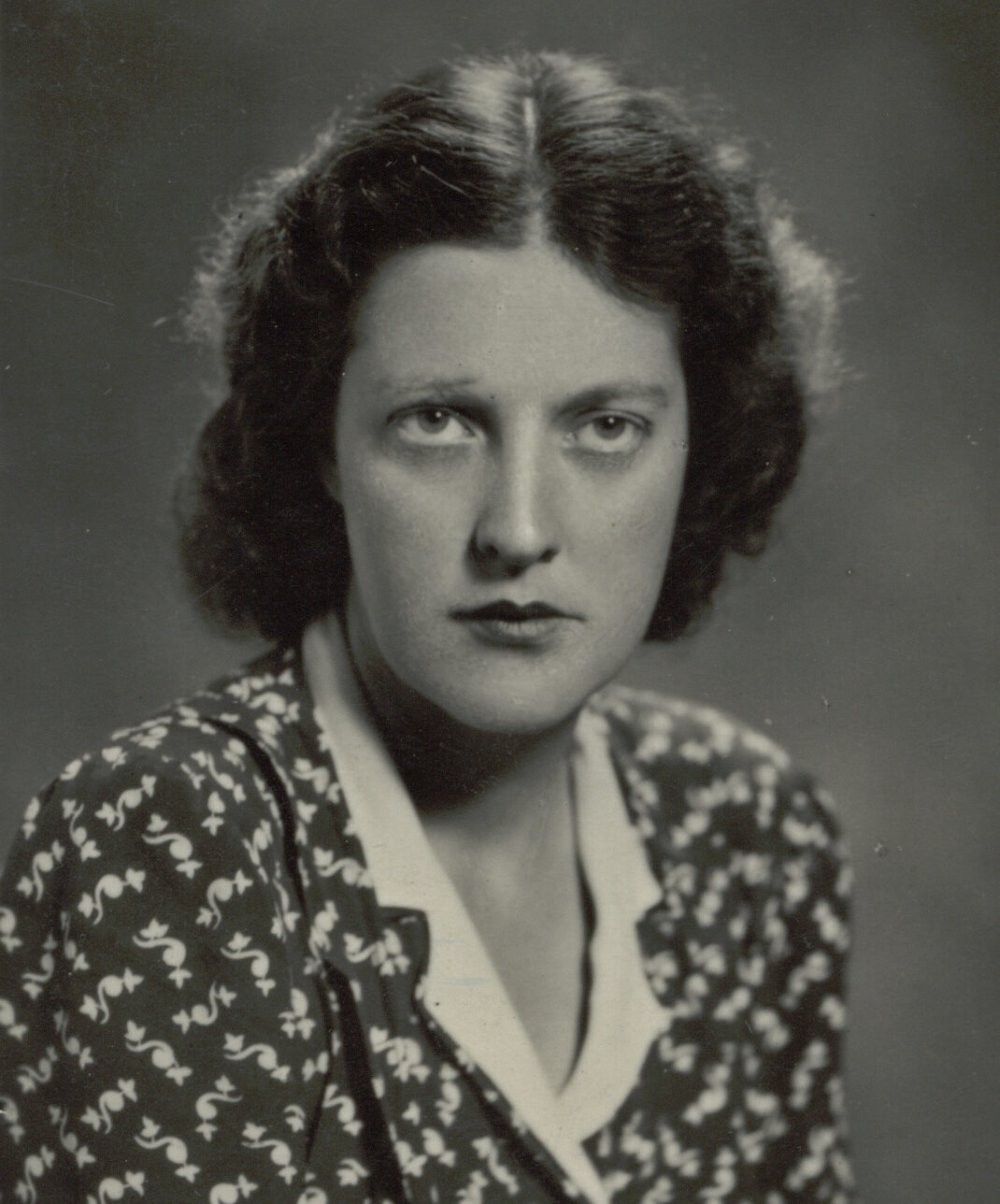
Introduction
Welcome to the “Resistance Through Their Eyes” exhibition, which explores personal stories related to European Resistance against National Socialism during the Second World War. These movements arose in response to the oppressive Nazi and Soviet occupation and collaboration with local governments and to the national socialist dictatorship in Germany itself.
The exhibition depicts the multifaceted nature of Resistance throughout Europe. It illustrates individual possibilities for Resistance under the conditions of dictatorship and occupation, also highlighting the challenges posed by local collaboration with Nazi and Soviet occupiers. In certain regions, civil wars erupted due to conflicting ideologies, complicating the efforts of Resistance. In Germany, however, Resistance was directed against the dictatorship, its supporters and idle followers.
Resistance manifested in multiple forms: some opted for armed Resistance, engaging in guerrilla warfare and sabotage. Others pursued civil Resistance, employing non-violent means to confront oppression, such as helping people go into hiding, working for the illegal press or falsifying documents. The exhibition illuminates the resilience of diverse groups, including young people, women, Jews, people from the colonies, and many others. By telling biographies from the Netherlands, Italy, Poland and Germany the exhibition gives an impression of the specific political situation in those four countries and offers a comprehensive portrayal of Resistance across Europe.
Within the exhibition, you will encounter 32 biographies of people who, despite different cultures, ages, and origins, were united by a common idea: Resistance against injustice and evil. They show what can happen when freedom and democracy are lost and totalitarian regimes are able to take control. The aim of this exhibition is to stimulate reflection and to contribute to a deeper understanding of the effects of racism, repressions of political opponents, antisemitism and other forms of intolerance on societies, but also to show motives behind courageous acts of Resistance. It is our responsibility to protect our free and democratic way of life and to ensure that the effort of those who Resisted during the Second World War is not forgotten and wasted.
We invite you to discover Resistance as seen through Their eyes.

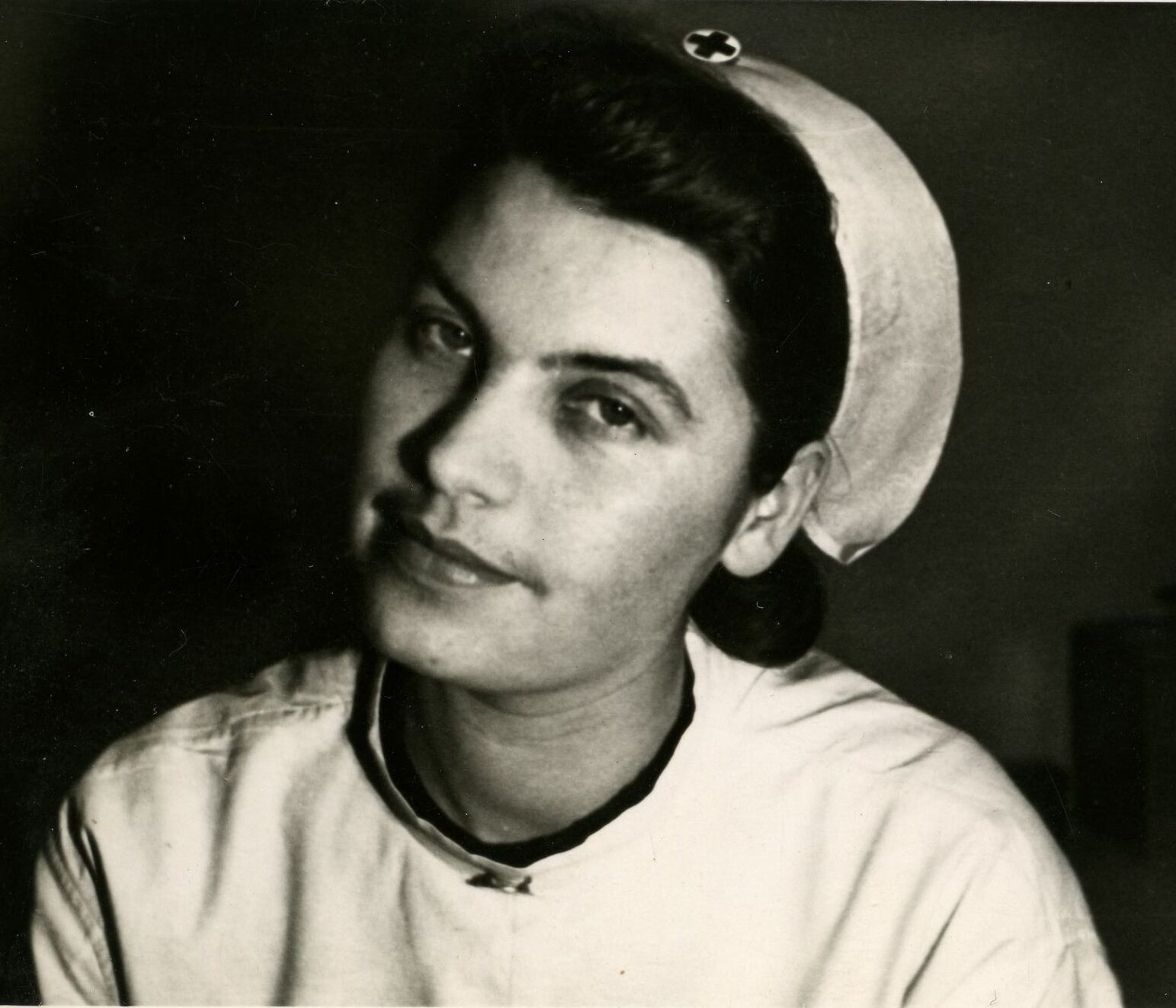
Aleksandra Mianowska
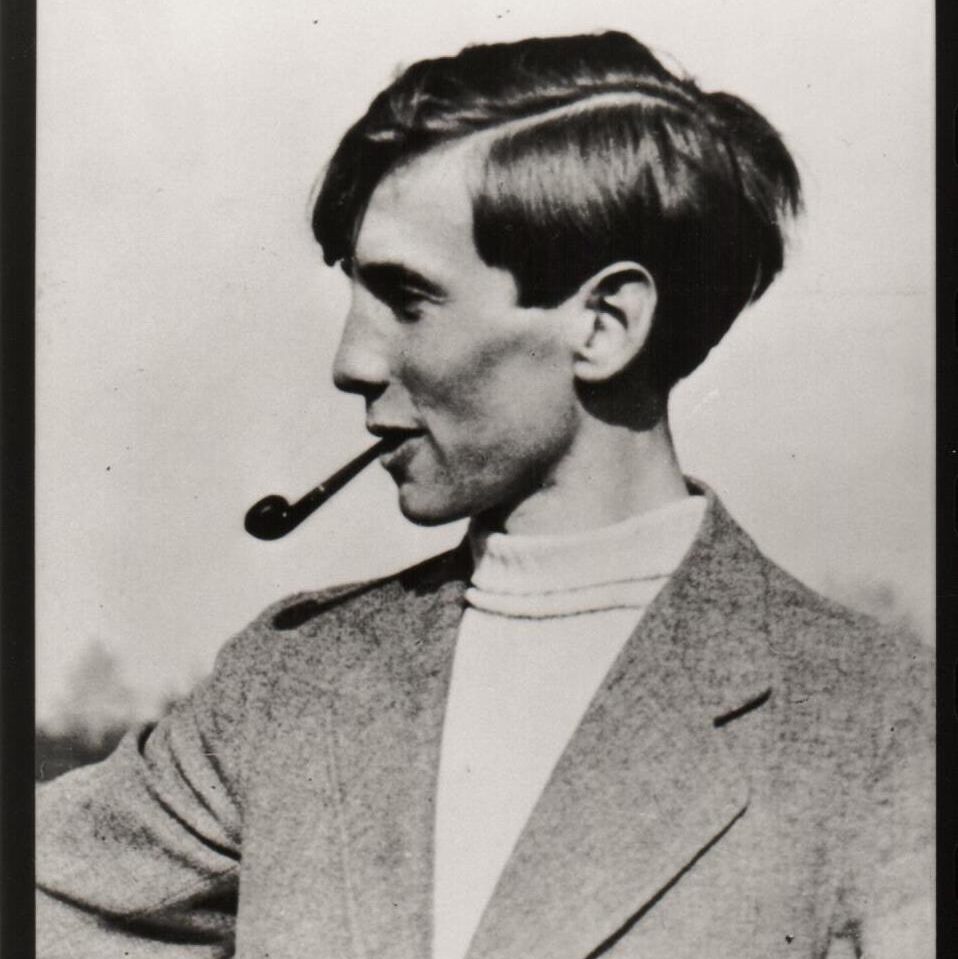
Alexander Schmorell
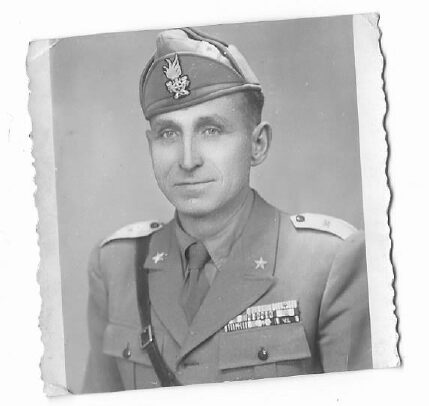
Alfredo Malgeri
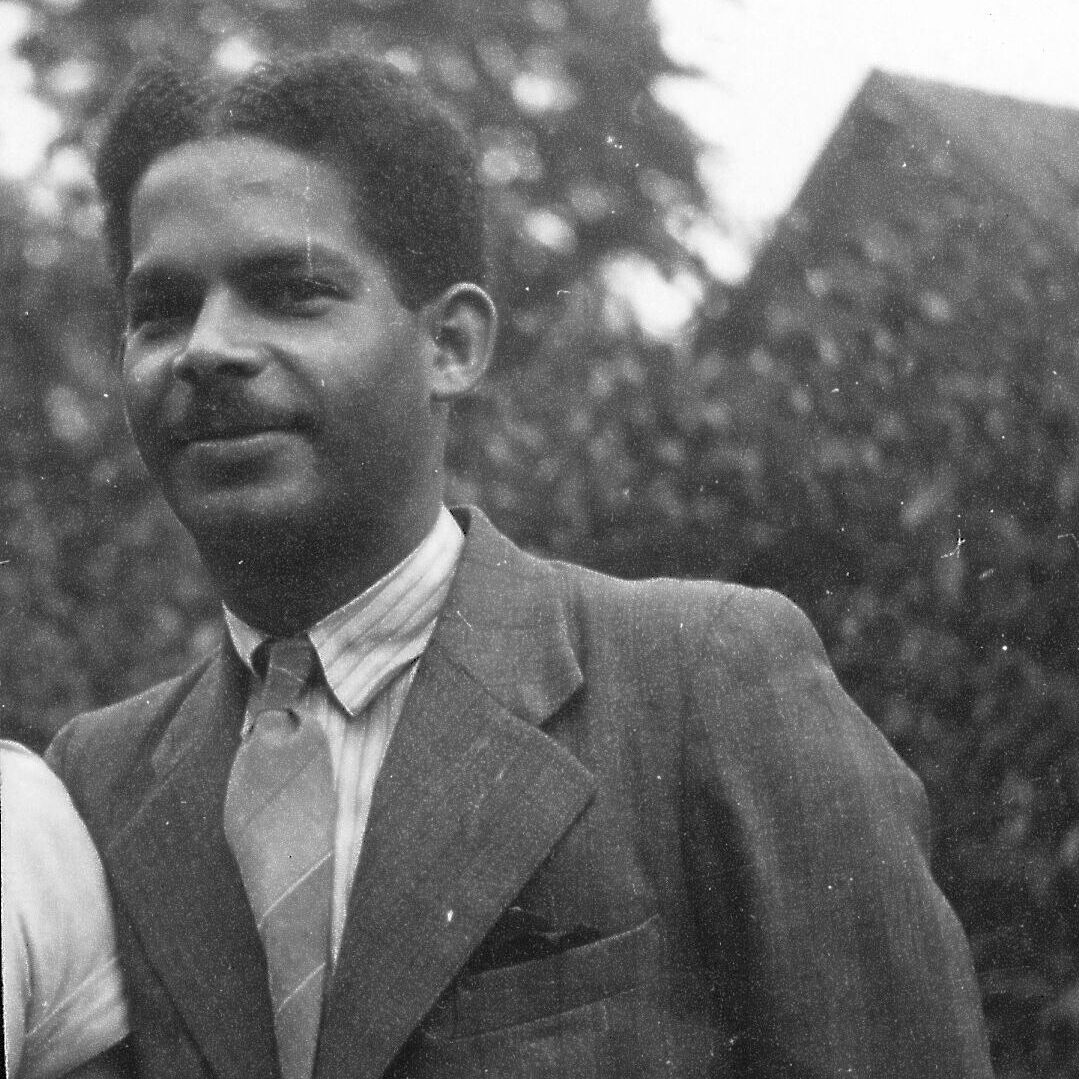
Boy Ecury
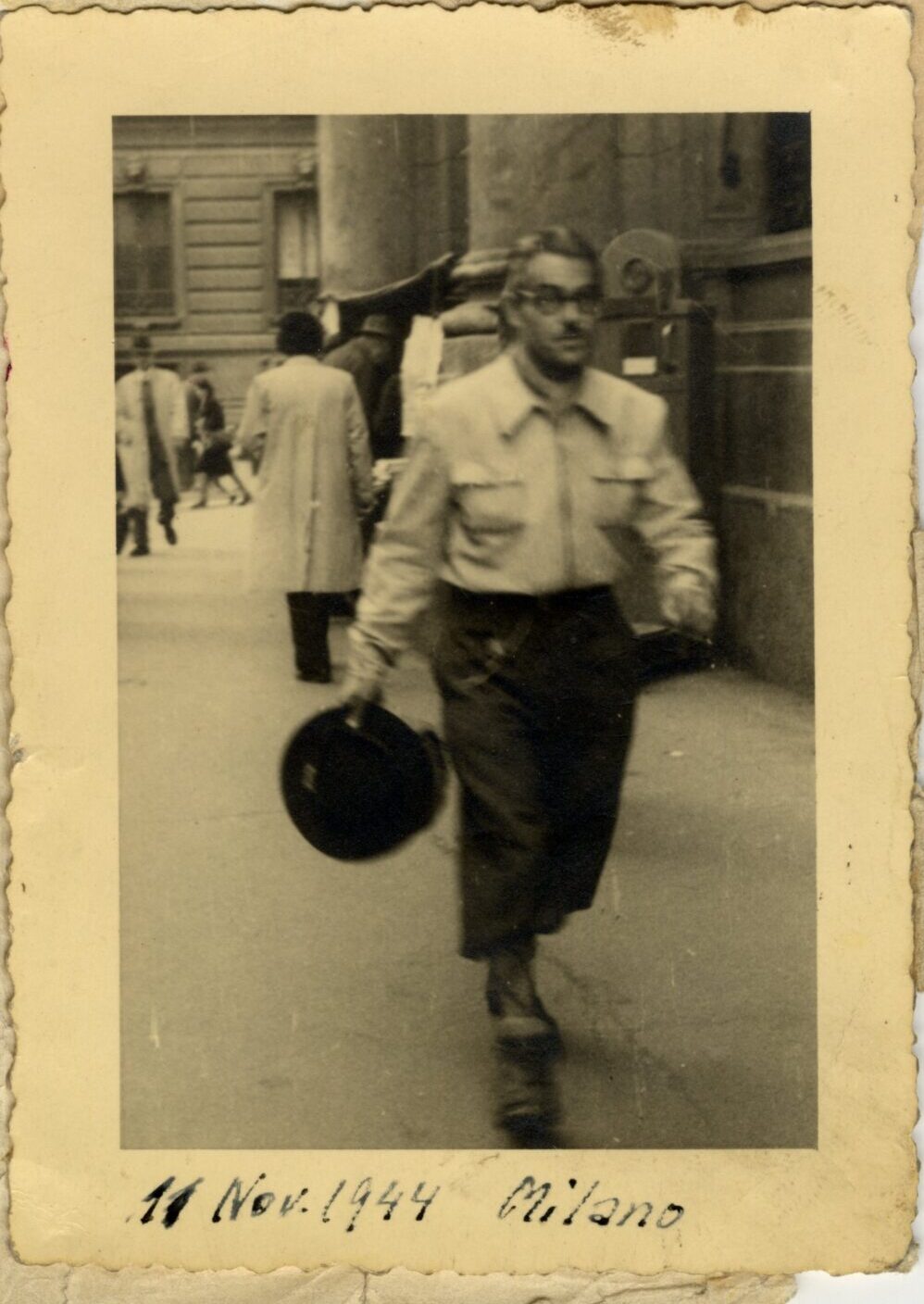
Carlo Travaglini
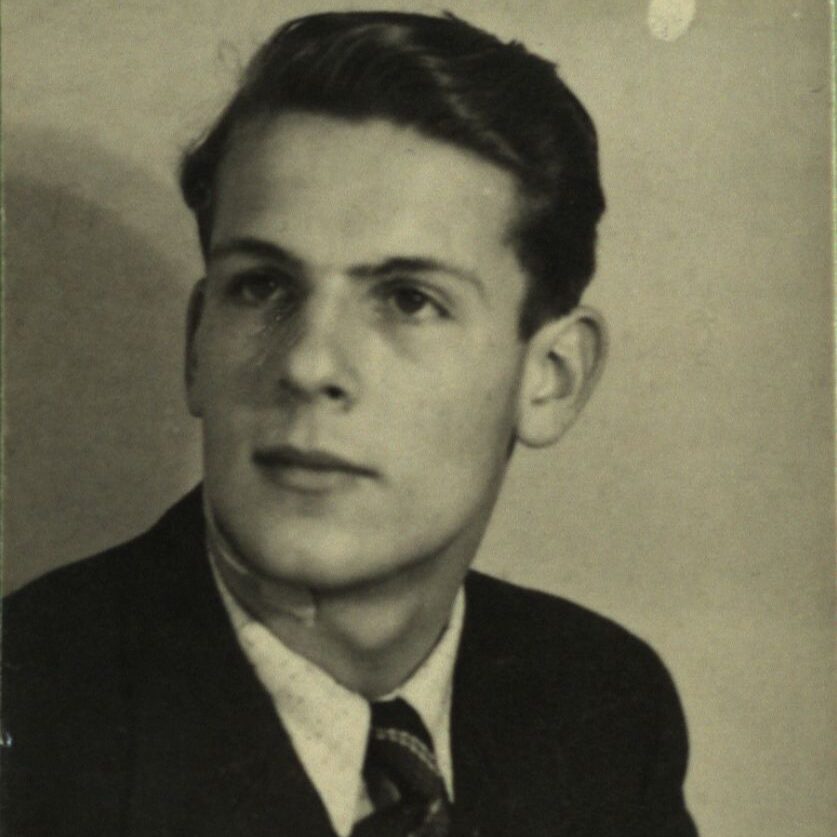
Christoph Probst
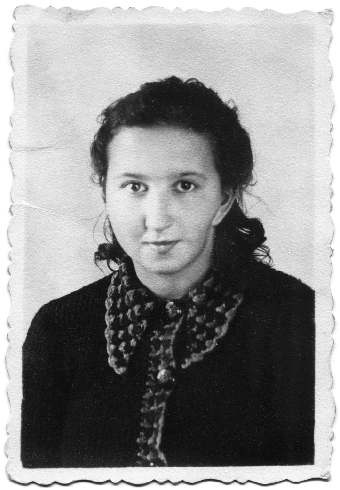
Danuta Siedzikówna
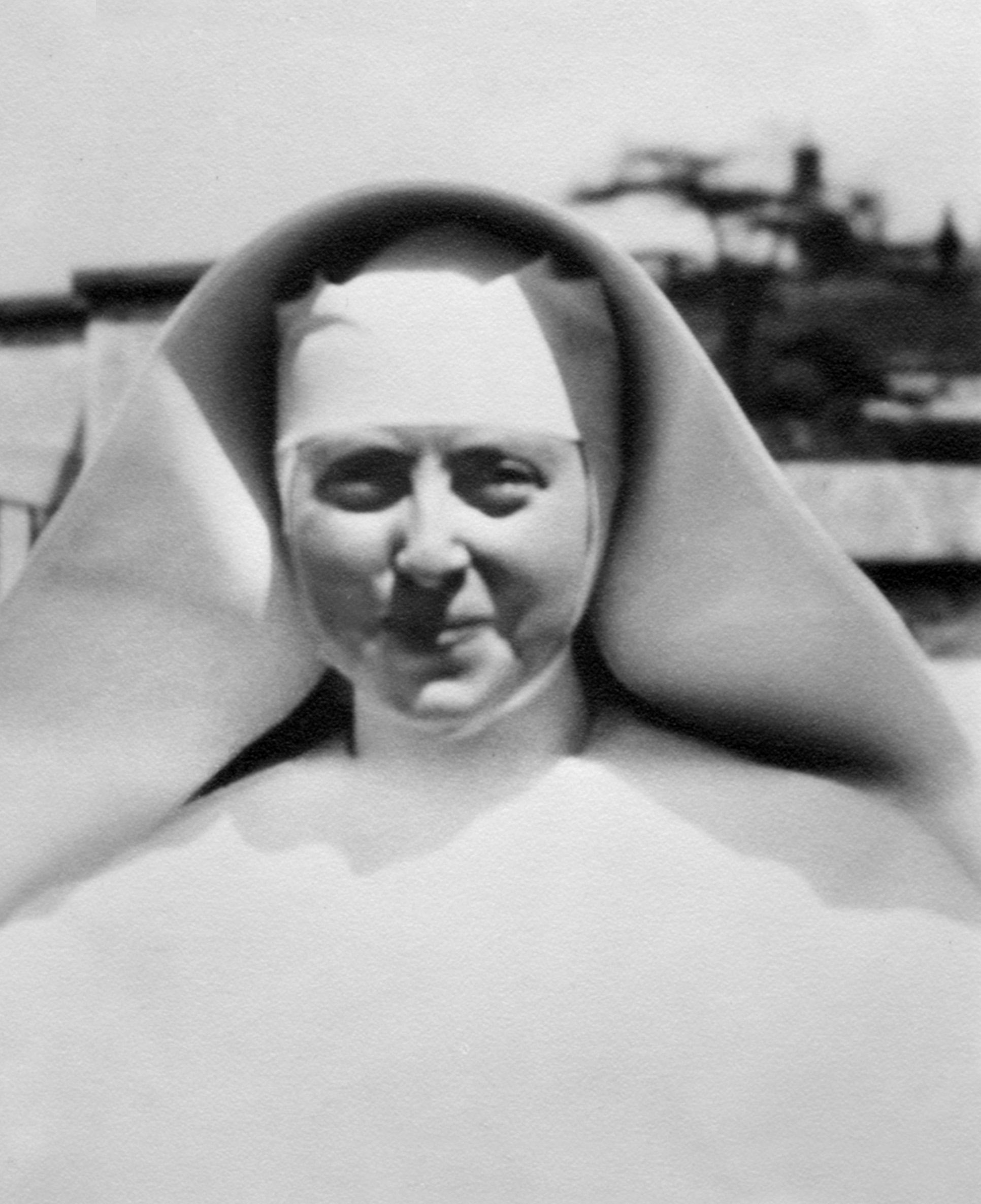
Enrichetta Alfieri
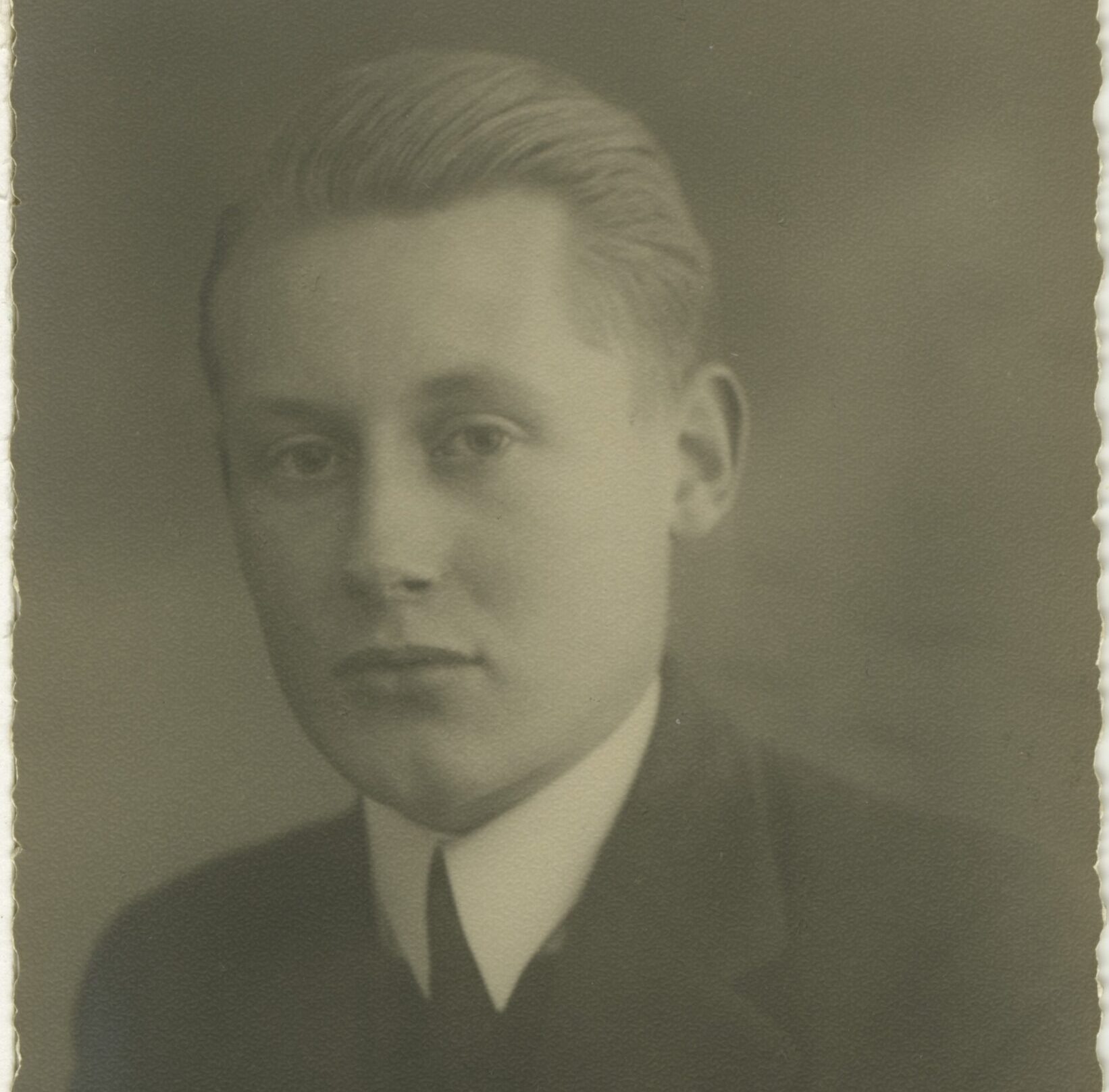
Ernst Sillem
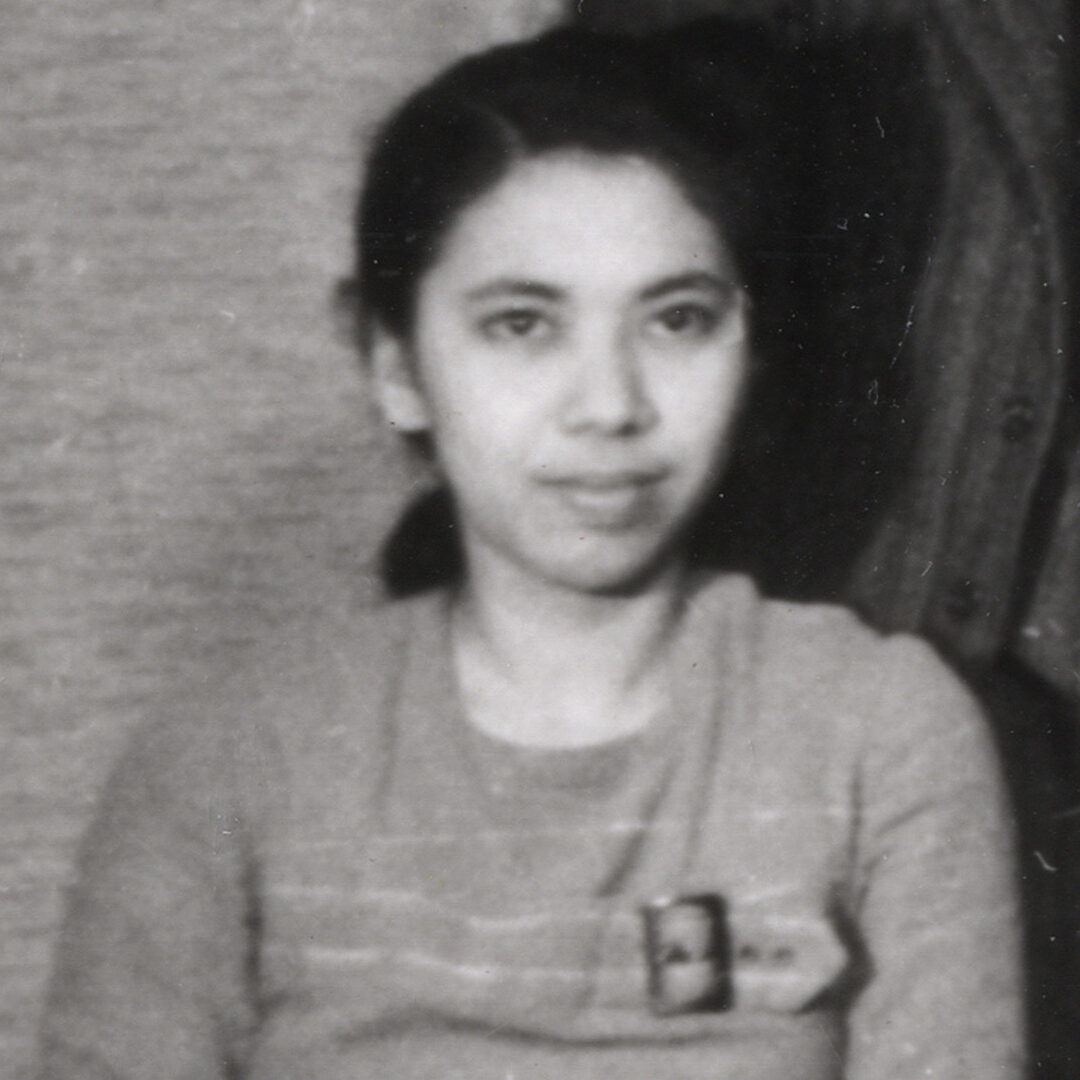
Evy Poetiray
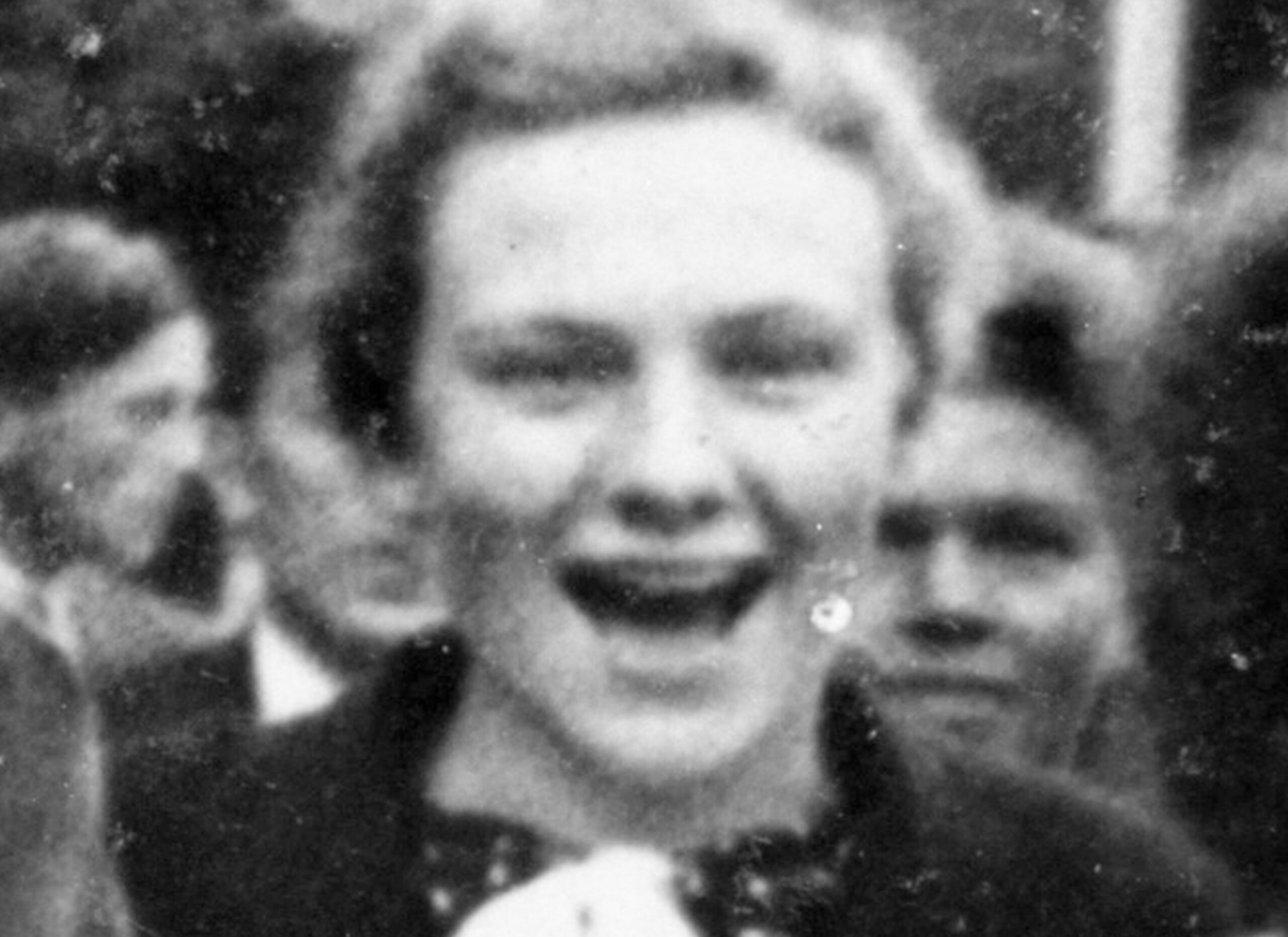
Fernanda Kapteijn
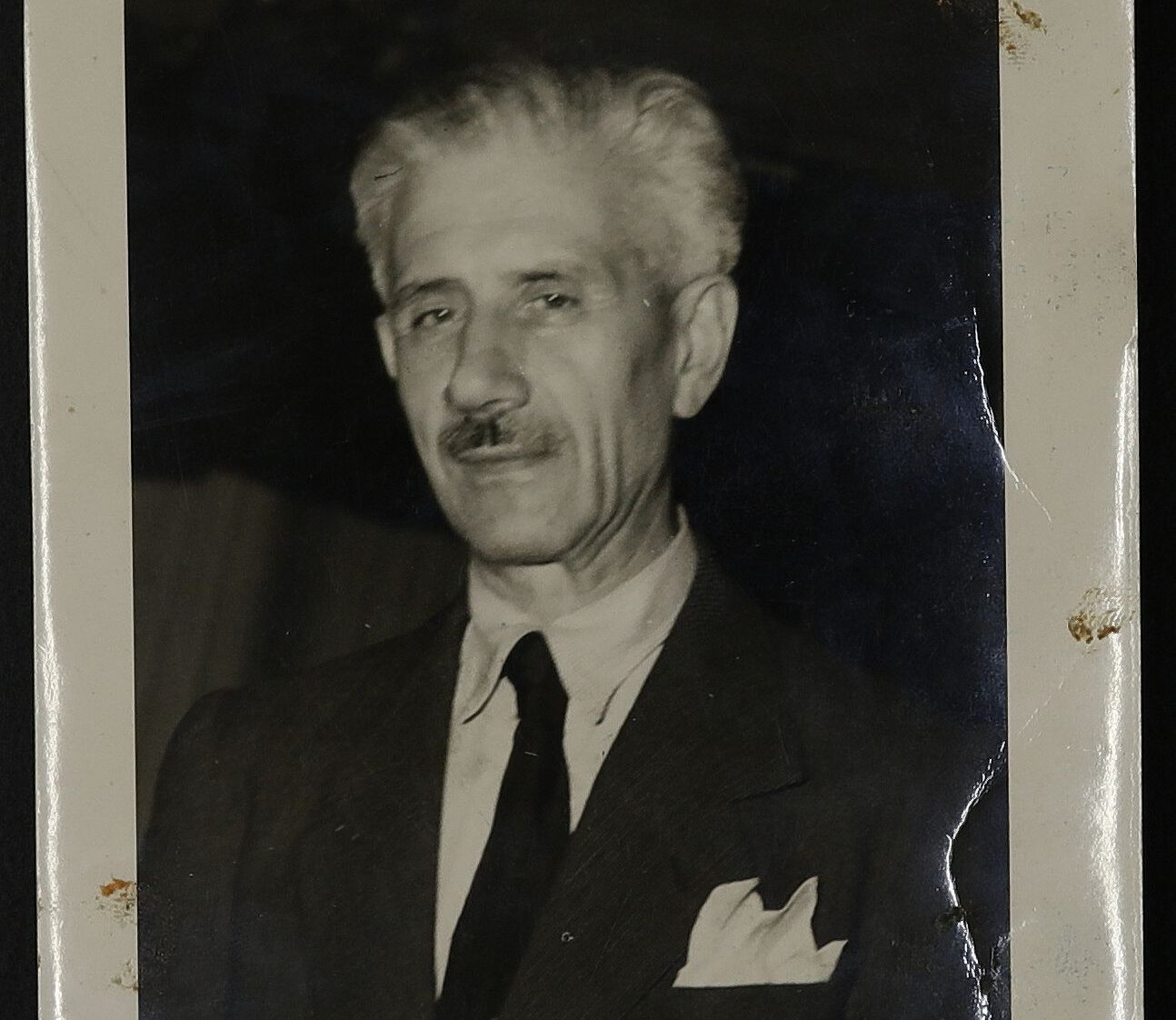
Ferruccio Parri
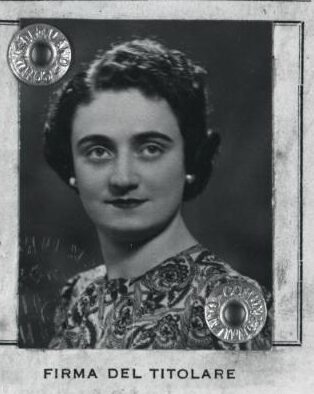
Giuseppina Sacerdote
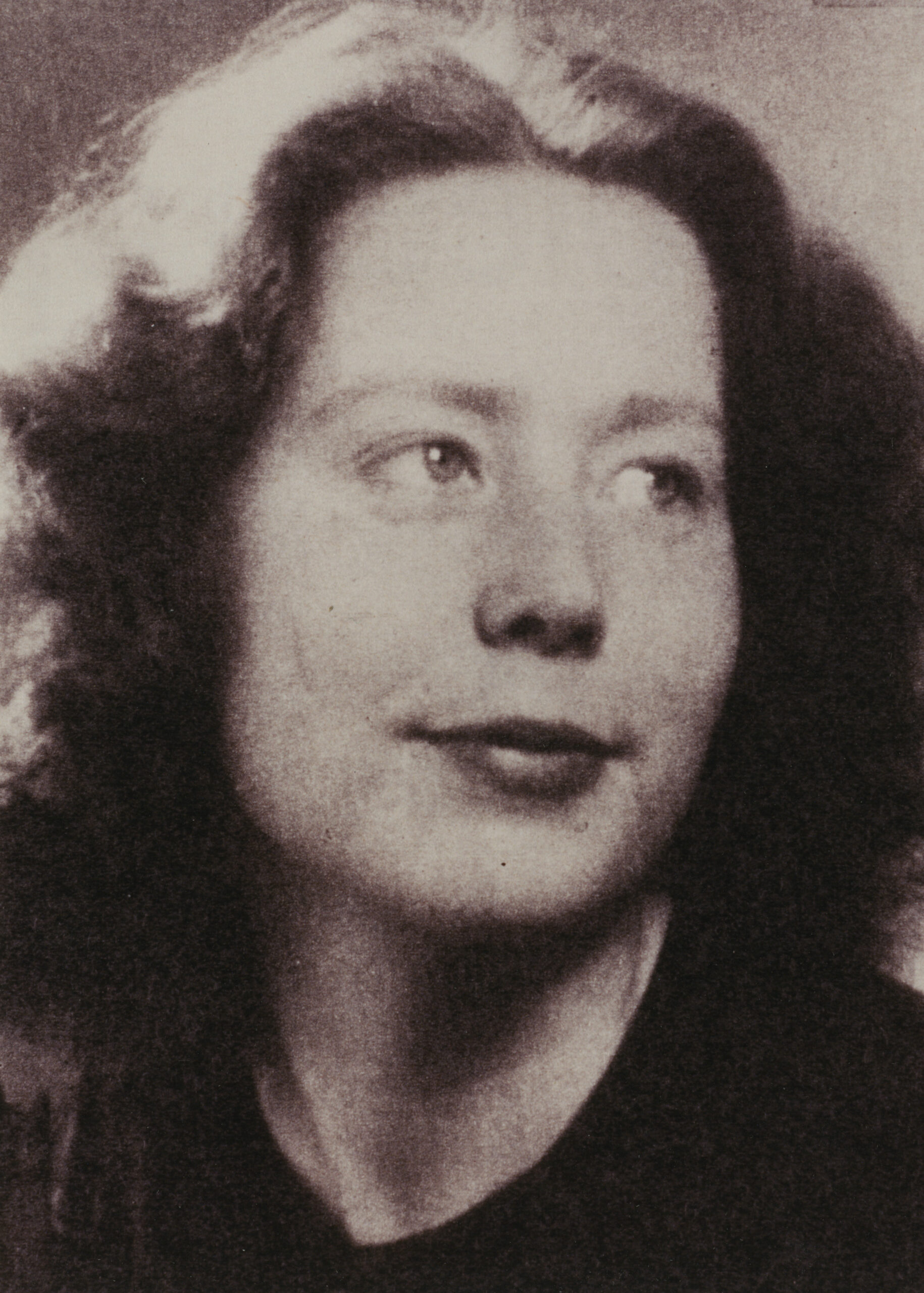
Hannie Schaft
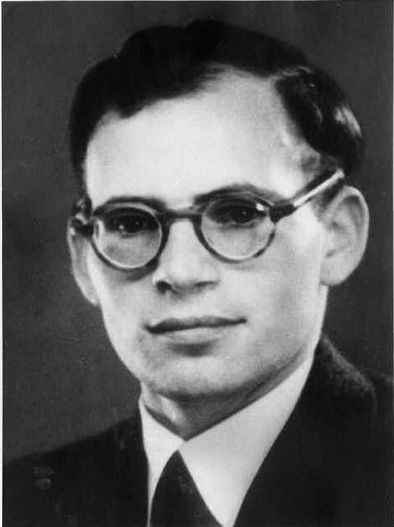
Hans Leipelt
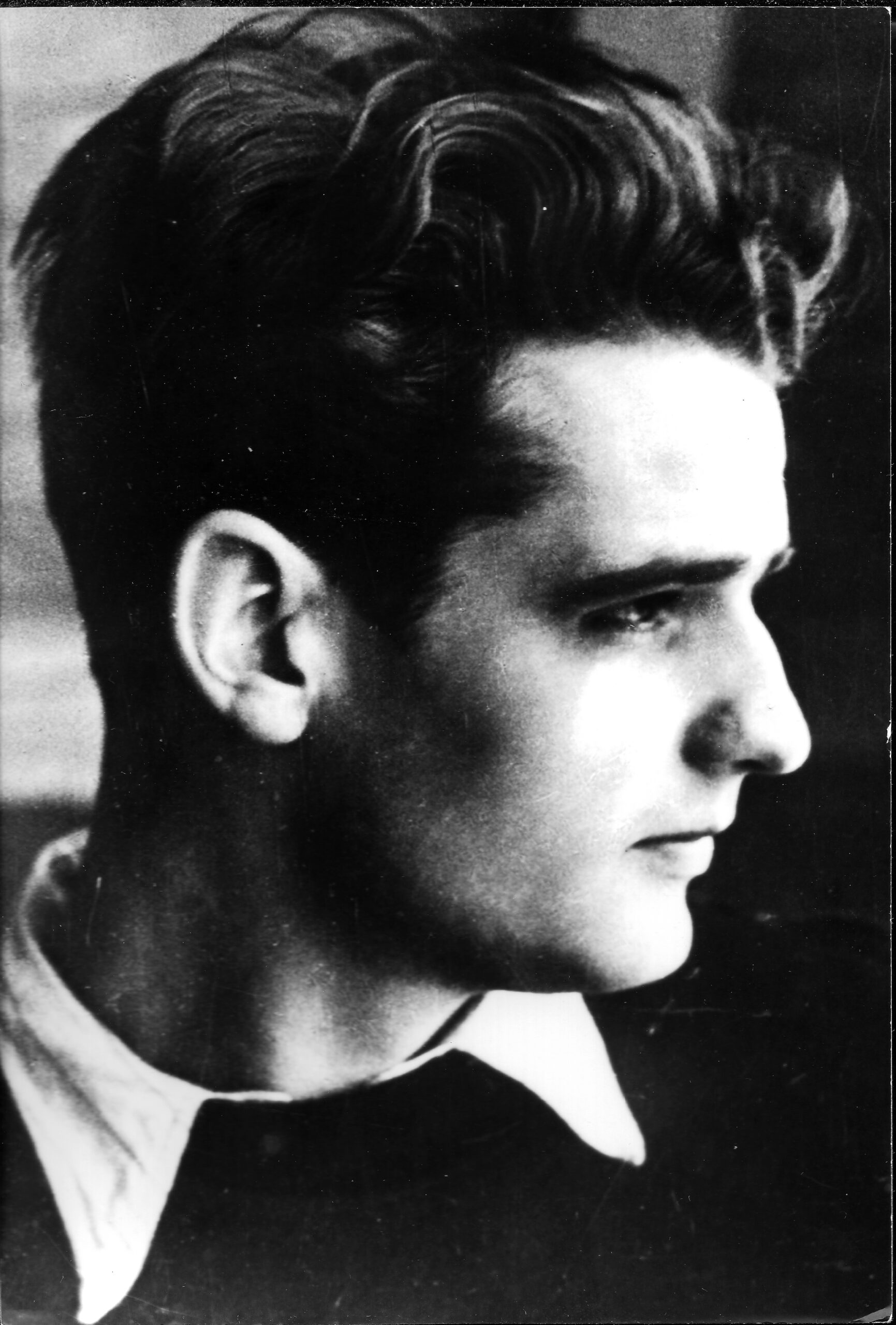
Hans Scholl
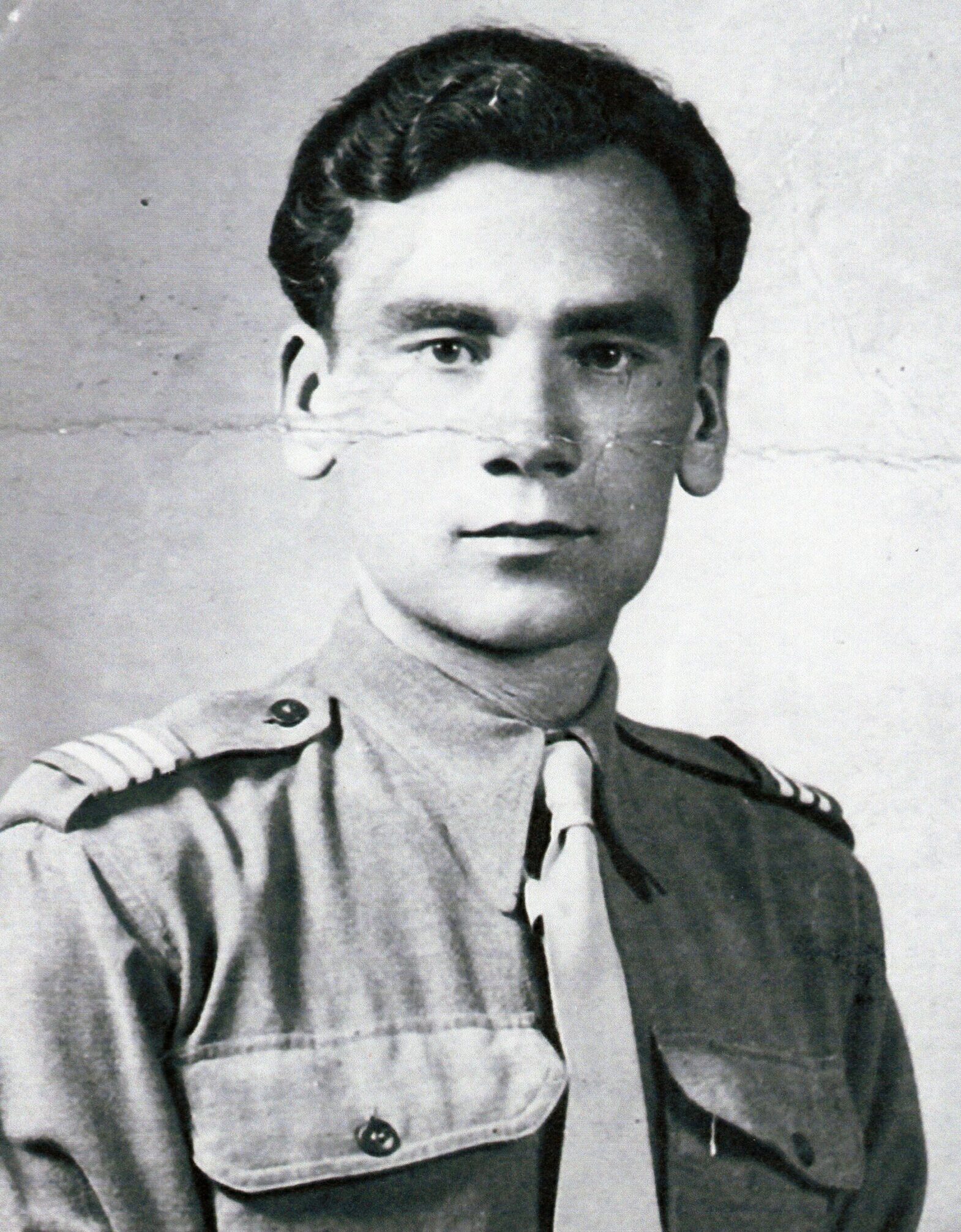
Henryk Kosior
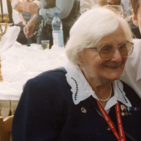
Jadwiga Podrygałło
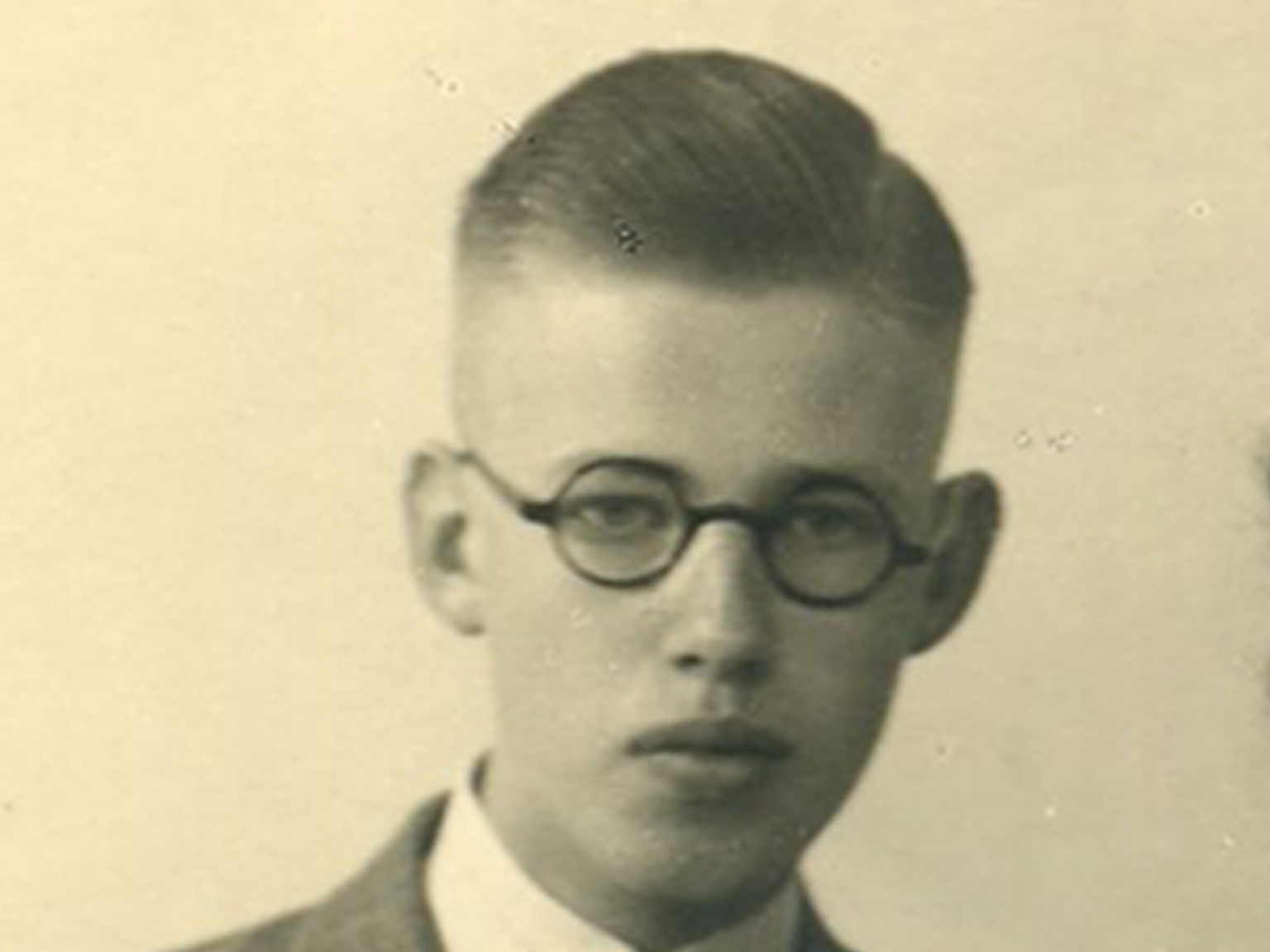
Johan Snoek
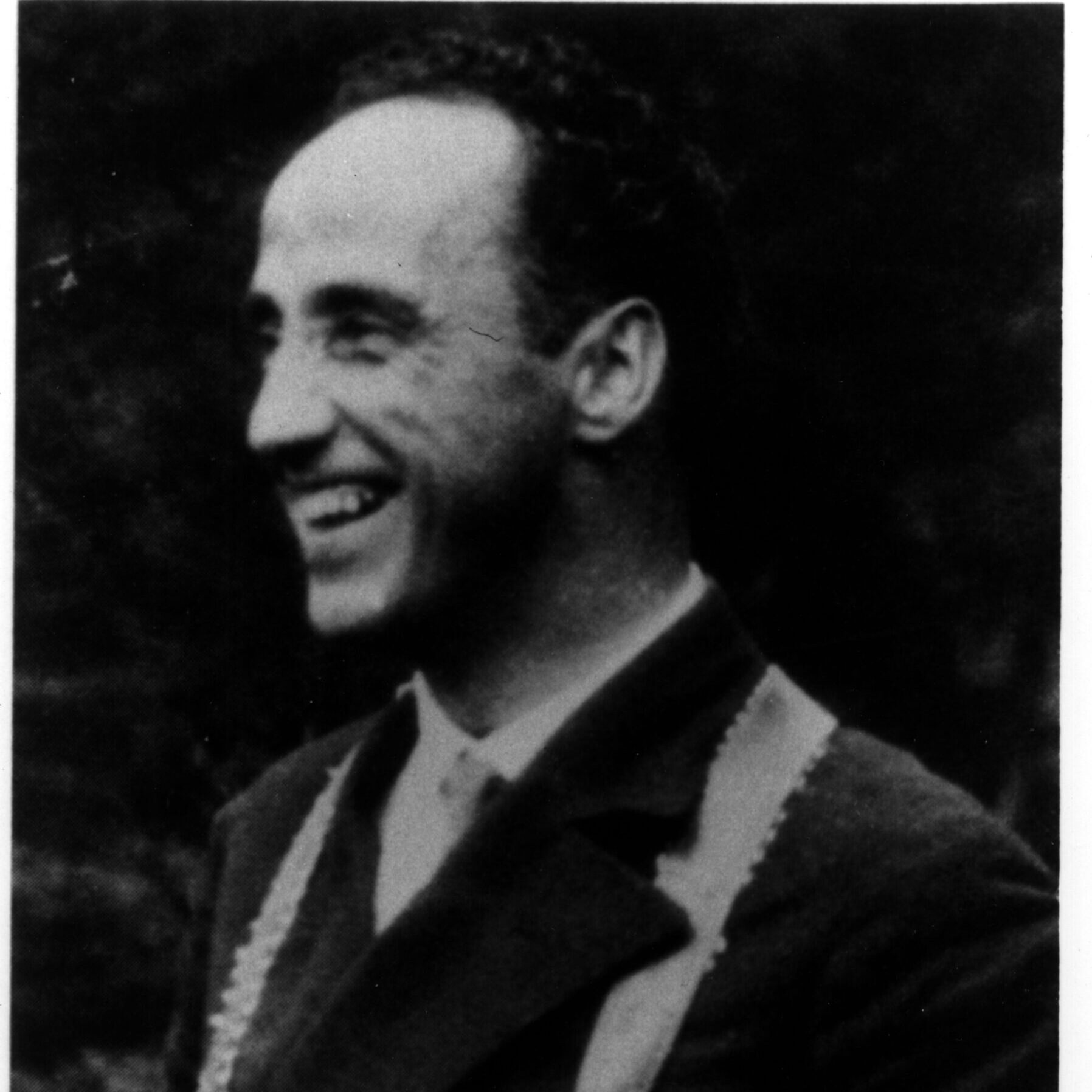
Kurt Huber
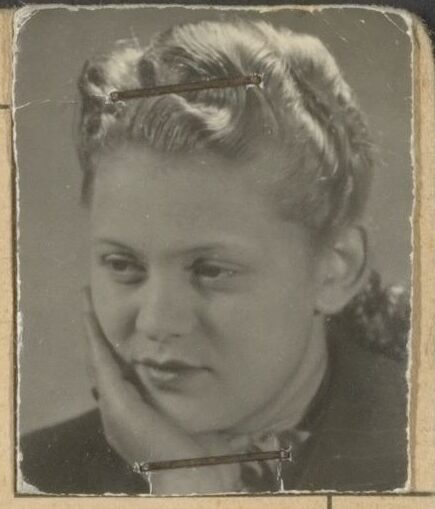
Marga Grunberg
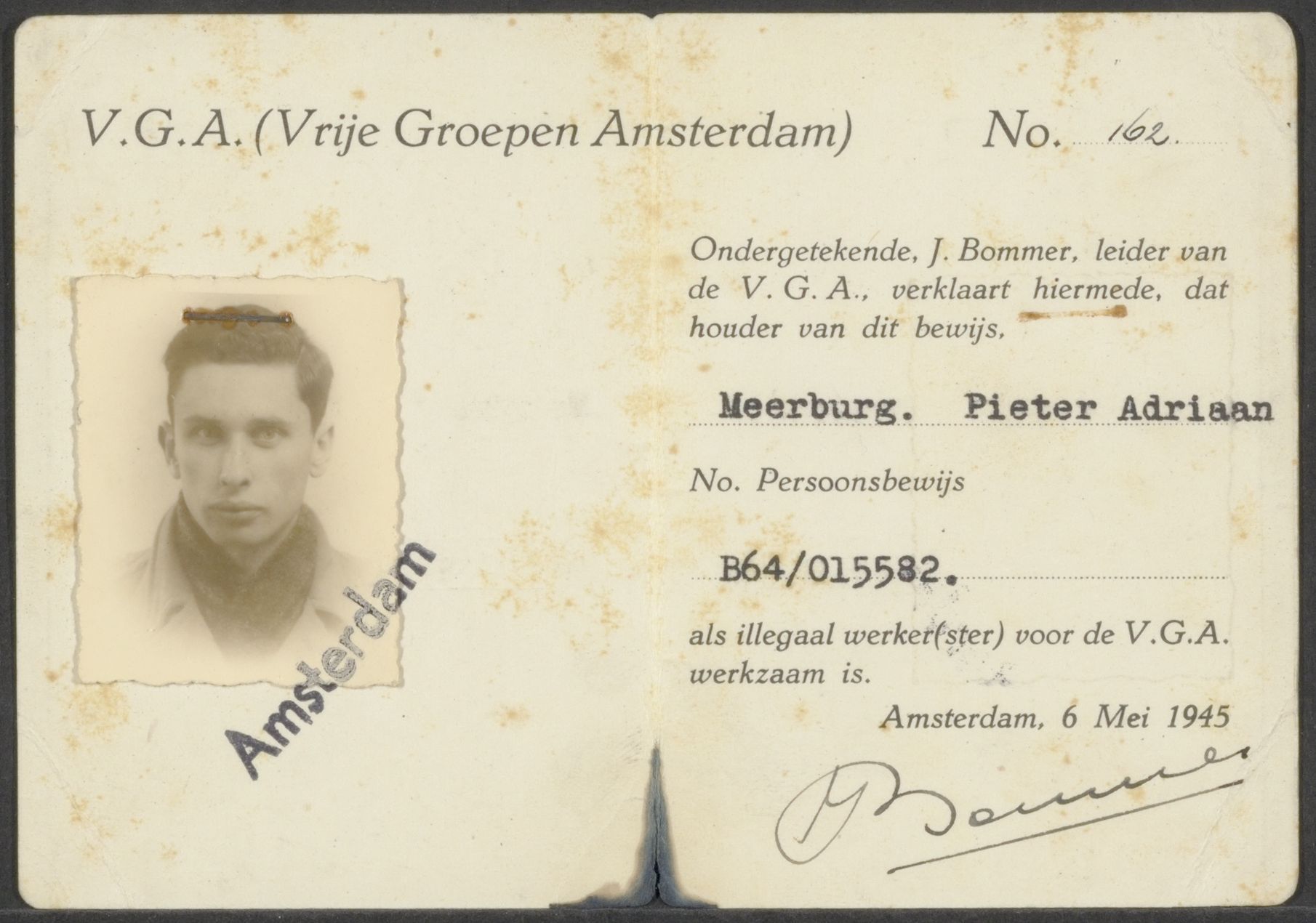
Piet Meerburg
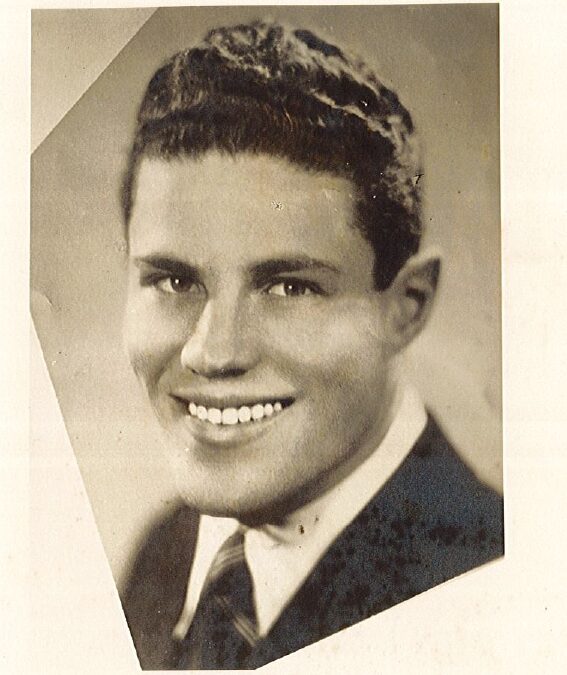
Sergio Kasman

Sophie Scholl
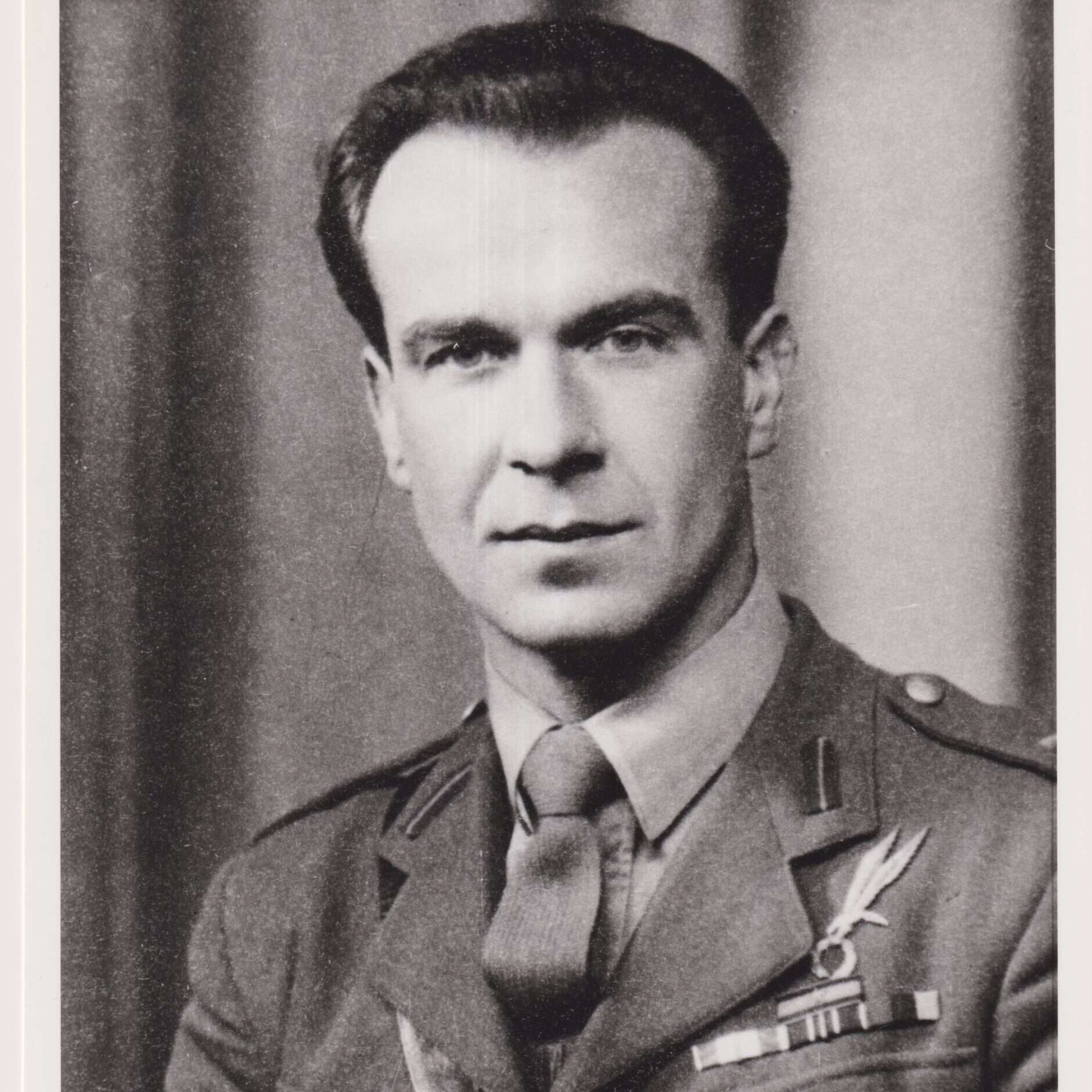
Stanisław Kolasiński
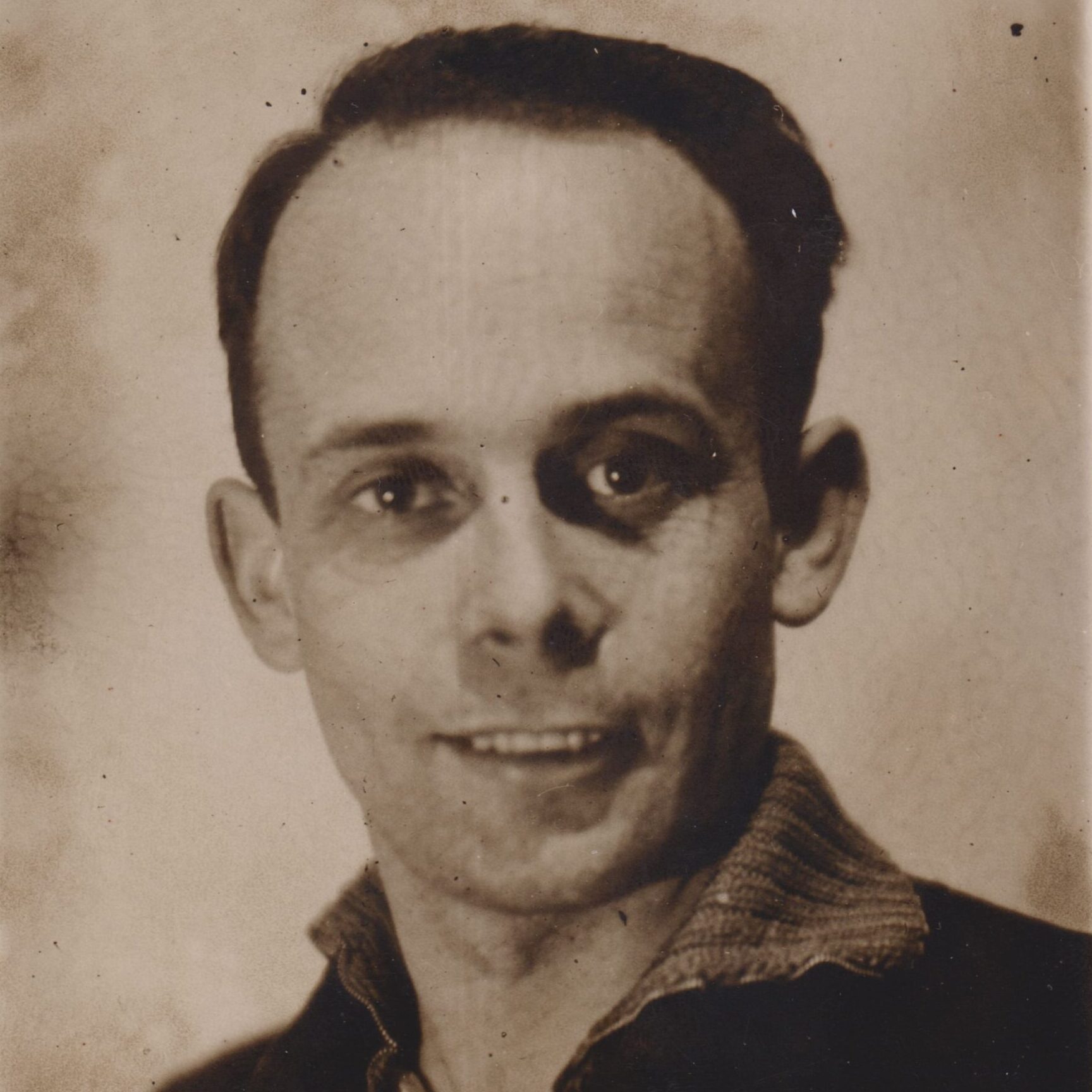
Tadeusz Bieńkowicz
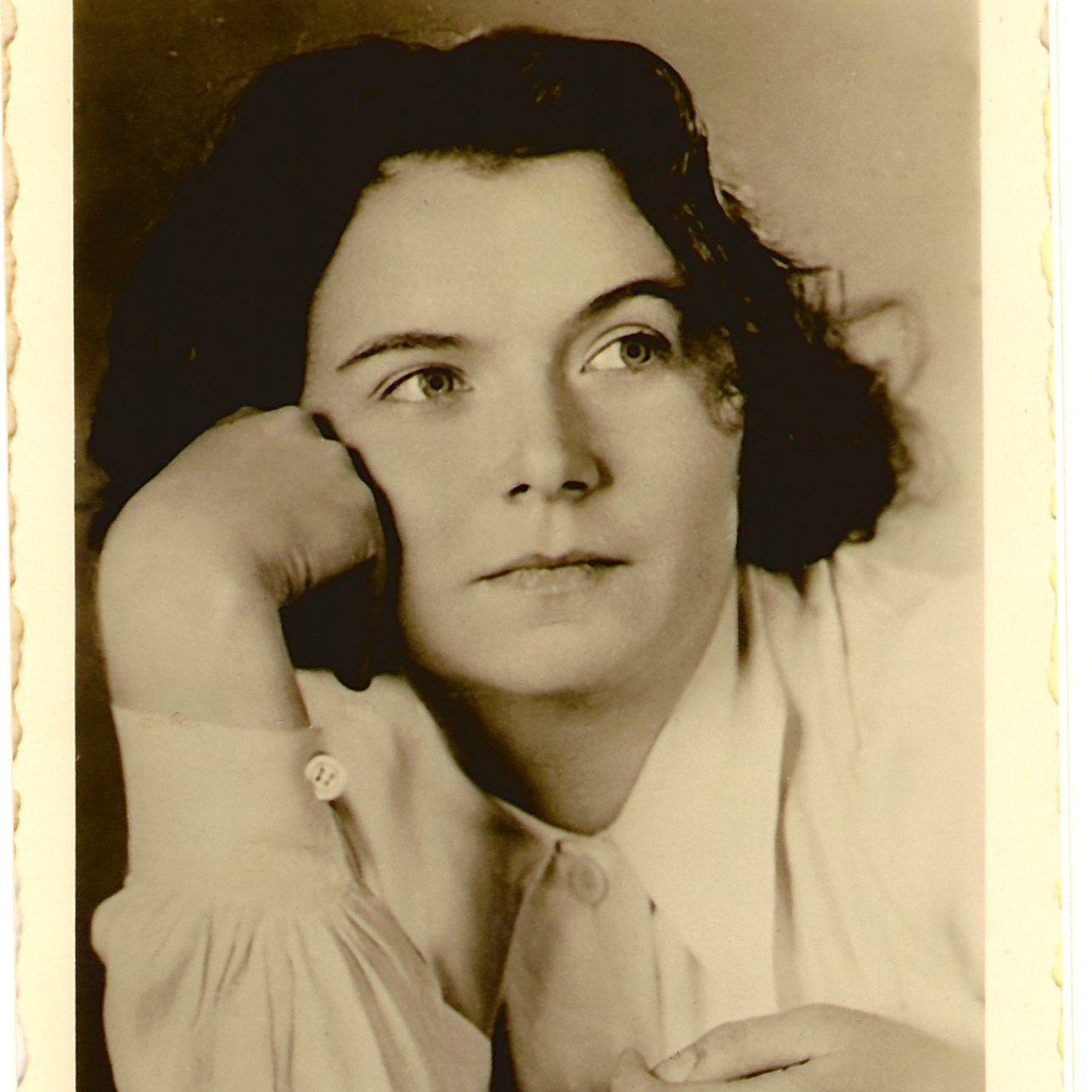
Traute Lafrenz
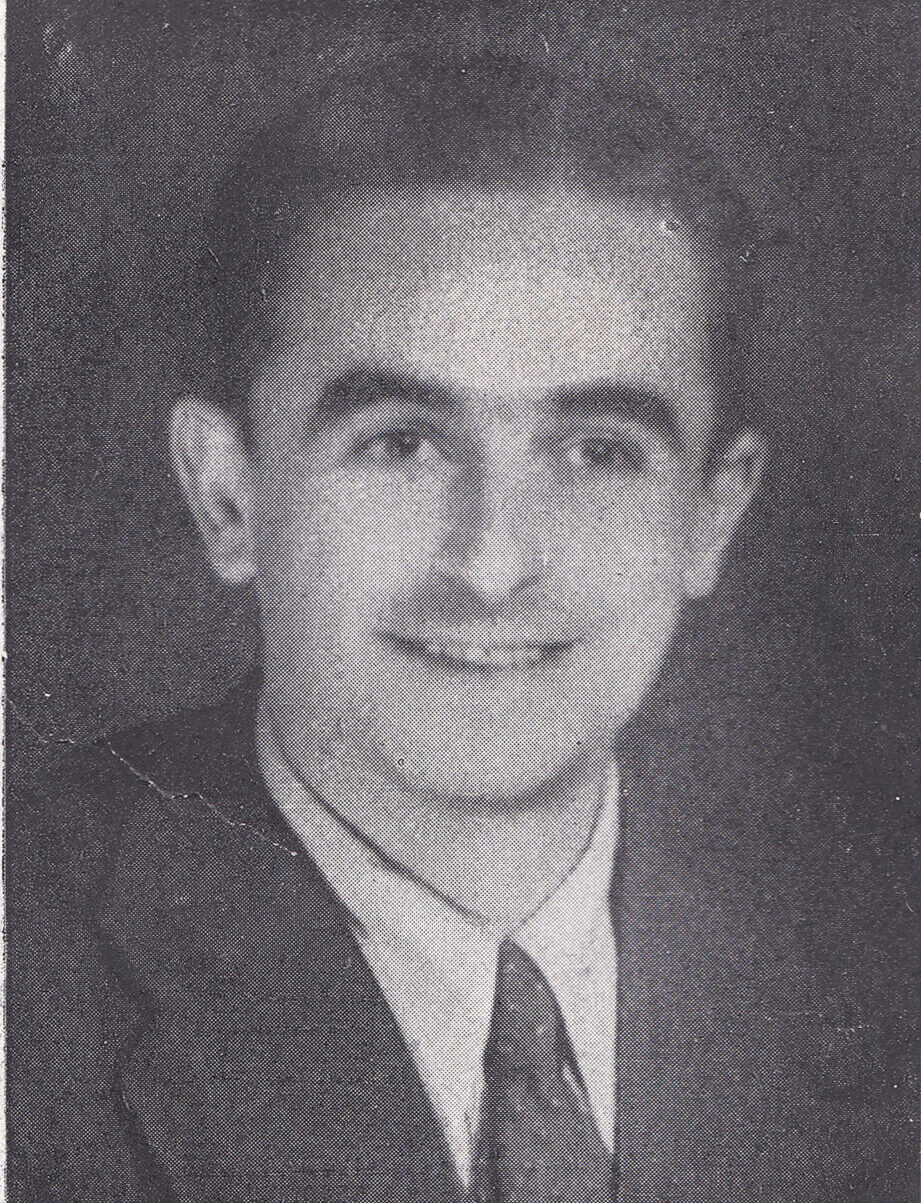
Validio Mantovani
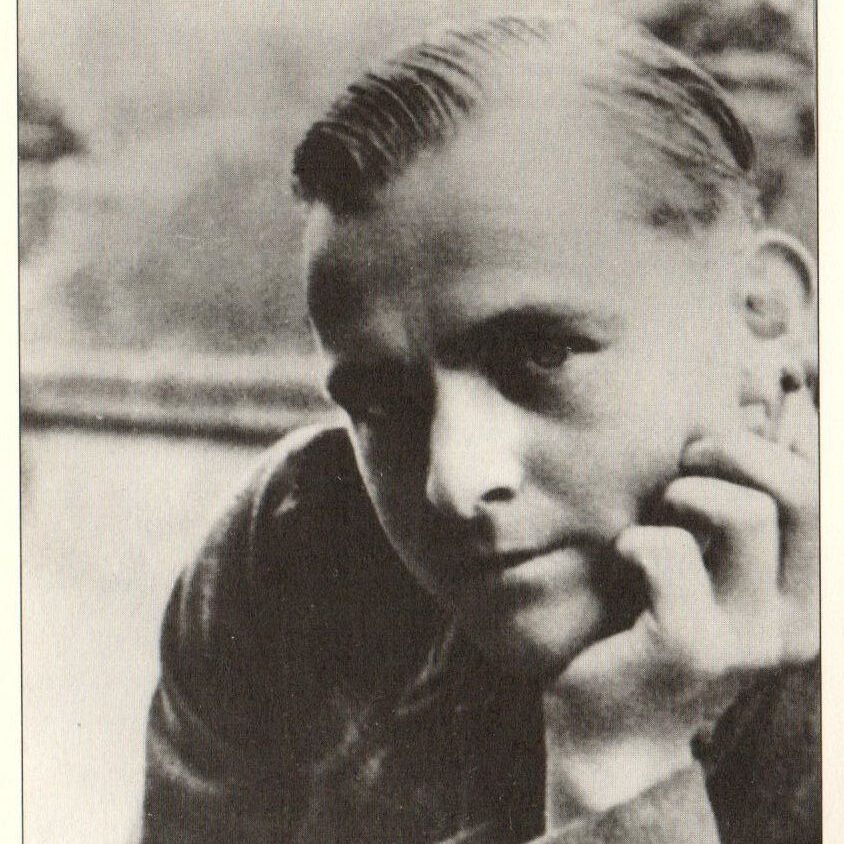
Willi Graf
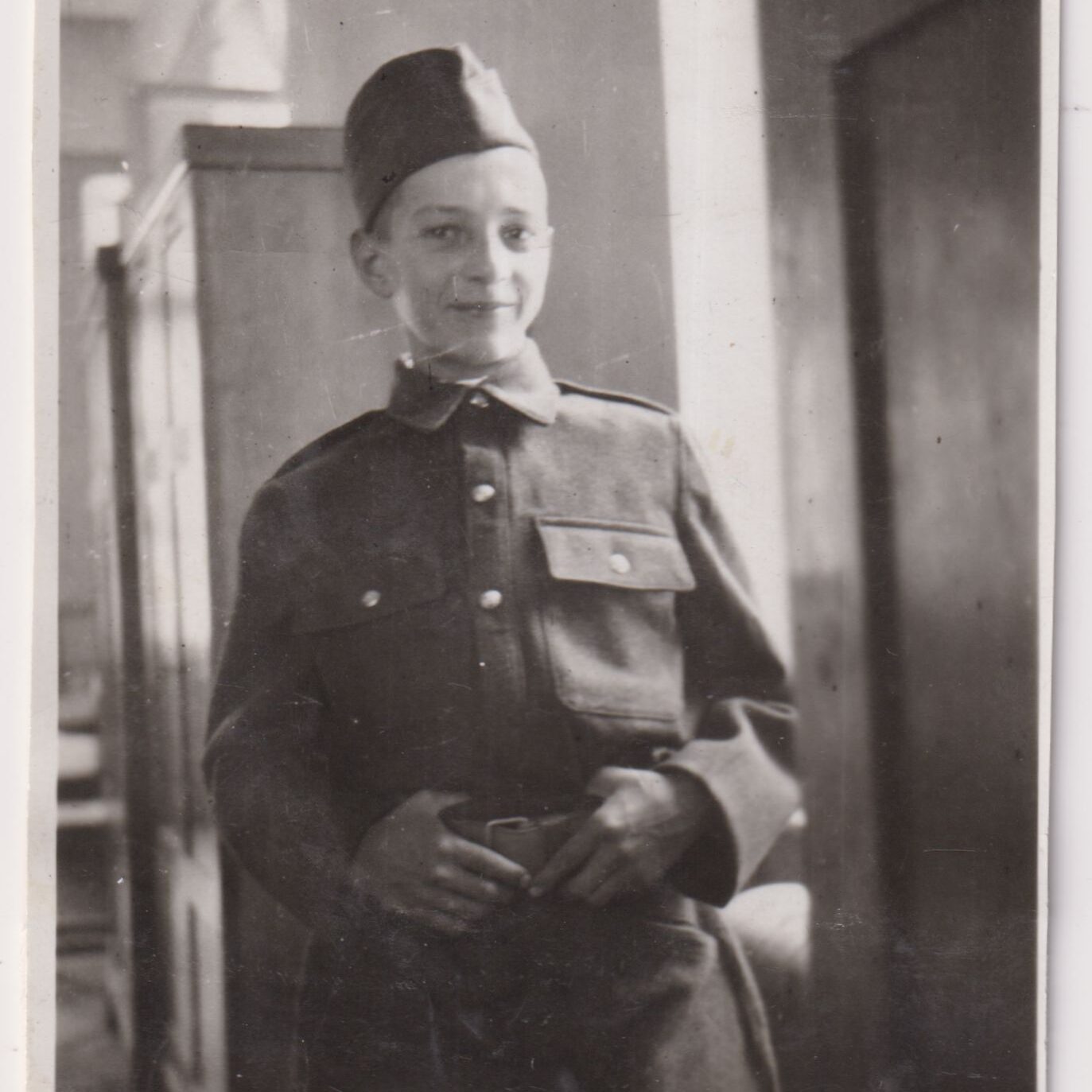
Zenon Malik
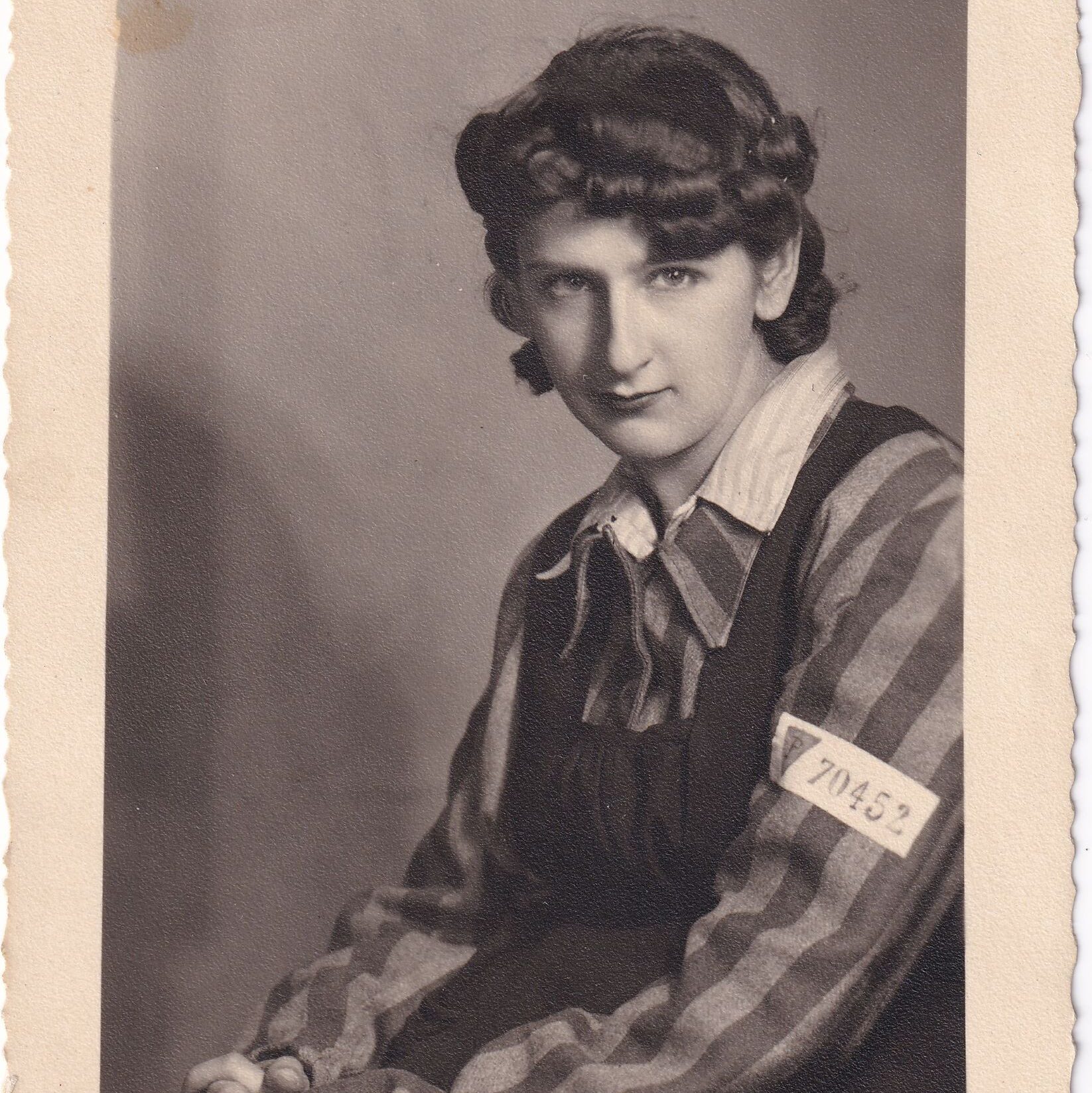
Zofia Haltof-Mikołajewska
Resistance in four different countries
This exhibition tells resistance stories from the Netherlands, Italy, Poland and Germany. The conditions under which the resistance operated differed from country to country.
The Polish resistance emerged in the first weeks of the war in 1939, after the occupation of Poland by both Nazi Germany and the Soviet Union. The resistance began with small local organizations. These mainly engaged in armed resistance, but some organized illegal education or helped Jews. Over time, many of these groups came into contact with the Polish government-in-exile in London. This created the “Polish Underground State,” with a secret government with a parliament and the “Armia Krajowa” (the Home Army), which became the largest armed resistance force in Nazi-occupied Europe.
The Netherlands was occupied by Nazi Germany in May 1940. In the relatively densely populated Netherlands, armed resistance was much harder. Illegal newspapers called for resistance. When Jews were deported from July 1942, small groups began helping those in hiding. These groups started working together nationwide when young Dutch men were sent to Germany for forced labor beginning in May 1943. There was also an armed branch that captured ration coupons, destroyed population records and shot traitors.
In Italy, resistance to Mussolini’s fascist regime began in the 1920s. Resistance was crushed harshly: anti-fascists were imprisoned, forcibly exiled and went underground. During World War II, Italy was an ally of Nazi Germany. On 8 September 1943, Italy surrendered to the Allies. When Nazi Germany subsequently occupied northern Italy, resistance to the Nazis began: armed resistance, sabotage, guerrilla warfare, as well as illegal press and communication between the various resistance groups. Several anti-fascist groups formed the National Liberation Committee to coordinate armed resistance actions.
Resistance to National Socialism in Germany was multifaceted. People from all social classes and with different political backgrounds put up resistance, even if their numbers were small. The different forms of resistance from 1933 onwards show the potential for action by individuals and groups under the conditions of dictatorship: they included active non-conformist behaviour, help for the persecuted, leaflet campaigns to enlighten the population and with calls for resistance, as well as attempted assassinations and coup d’états. Opponents of the regime were persecuted with great severity, interned in concentration camps and prisons, many of them murdered. This was one of the reasons why a nationwide resistance movement never developed.
Project partners

